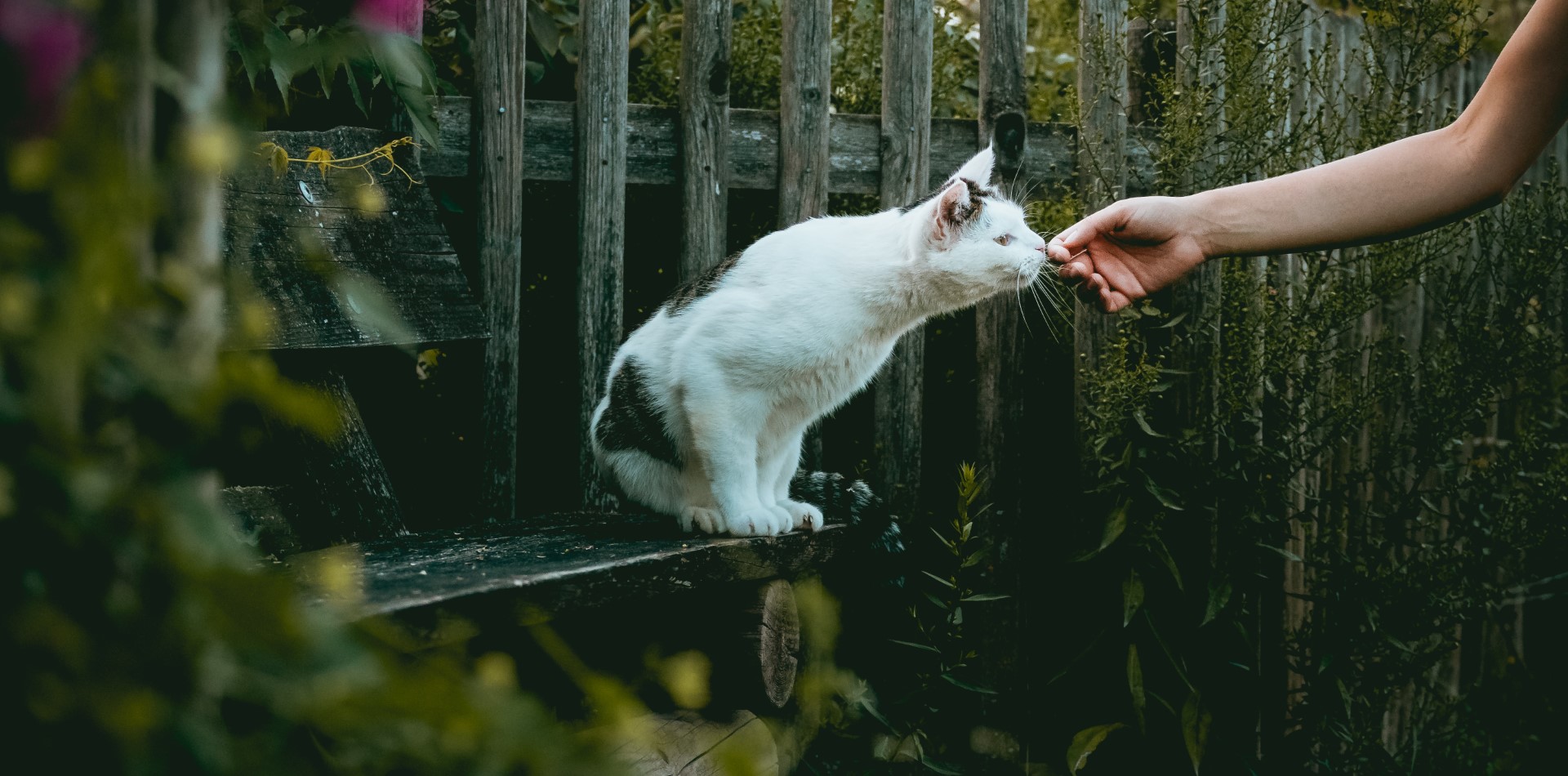Cats quickly become an integral part of your family – you may even consider them as children. The benefits of owning a cat include the opportunity to teach your actual kids patience, trust, empathy and responsibility. The responsibility of taking care of a cat will have lasting effects and it’s important for cats and children alike to form a trusting relationship from the first moment they are introduced.
The first impression for both your cat and your children will indicate the future dynamics. These impressions cannot be rushed or forced because your cat may then be nervous around your children and your kids may develop a fear of them. Allow your cat to settle in and become comfortable in their surroundings before introductions are made. Make sure your kids know that love and affection needs to be your cat’s idea and only to touch them if they approach.
When your cat does want to interact, teach your children where it’s okay to pet them: chin, cheeks and between their ears. Avoid the tail and tummy even though they are enticing spots. Your children will learn quickly if your cat is unhappy through signs such as a swishing tail, ruffled fur or hissing, and will avoid whatever behaviour triggered the negative reaction. Encourage your kids to play with your cat with toys, or by doing basic cat training in order to introduce activities that don’t involve touching. Set boundaries for your children – cats should never be disturbed when they are eating, sleeping, using their litter box, or in their safe place.
Children learn by example, so as a cat parent, you have additional responsibilities. Make a safe place for your cat where they can escape when they’ve had enough interaction for the day. Cats love to retreat to quiet spots, and giving them a high vantage point will allow them to feel secure, while also still being involved in what’s happening below. Move their litter boxes and food out of reach of your little ones, but make sure your cat knows where it is and is comfortable using it. Early interactions should be supervised in order to protect both your cat and your children.
Your cat will become your children’s best friend. Growing up with a feline friend allows kids to be compassionate and sometimes they are more inclined to share their feelings with their pet. Keep your kids involved to ensure that both your children and your furry ones will be happy.

